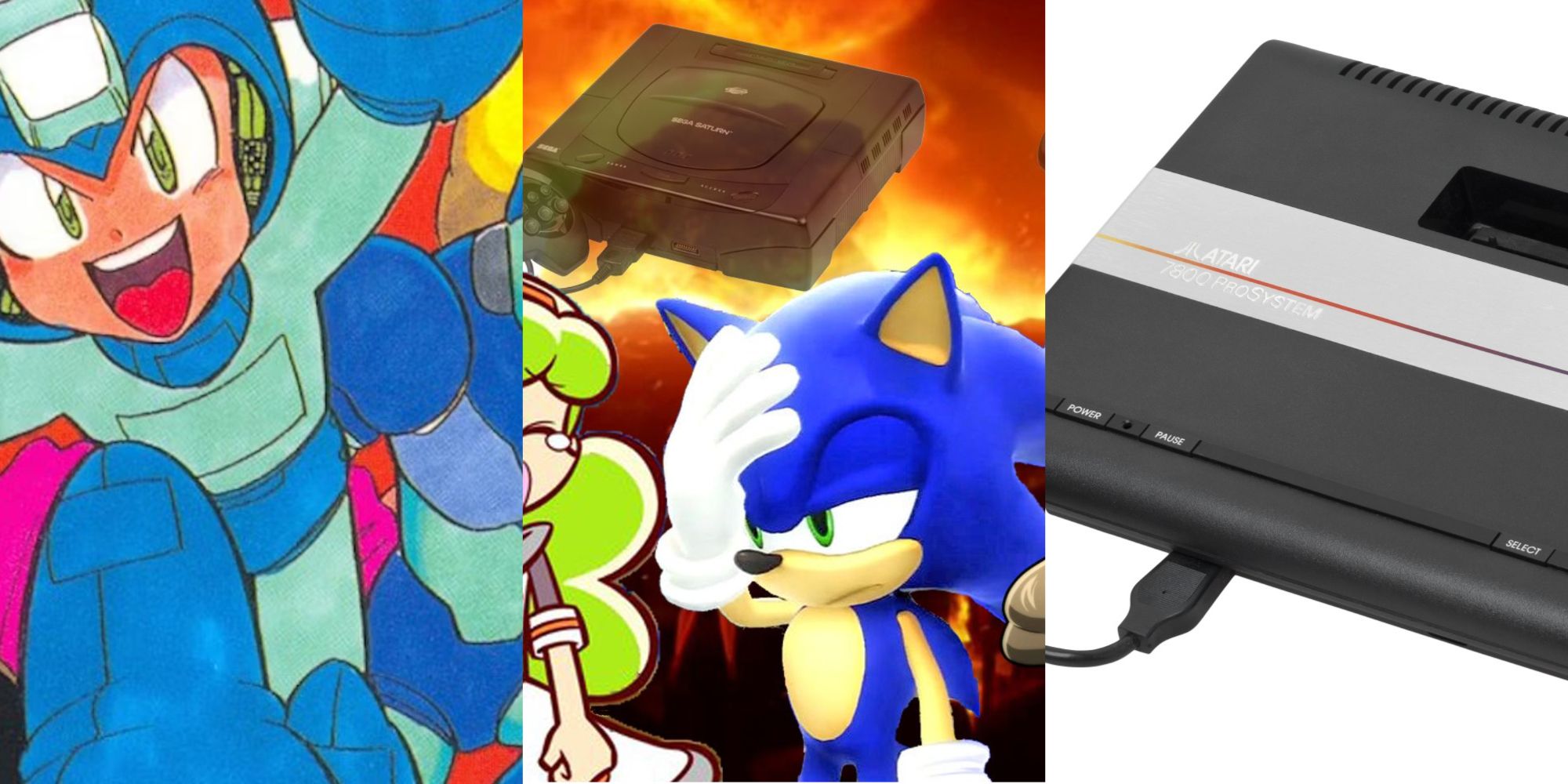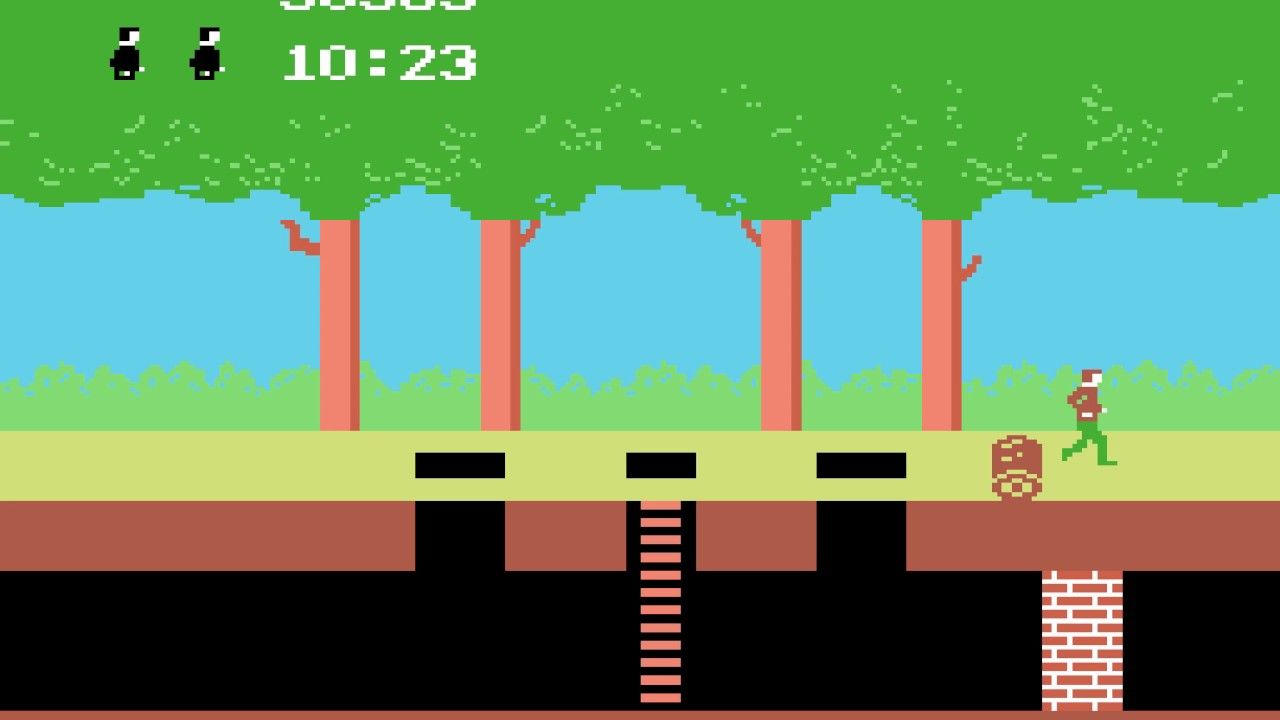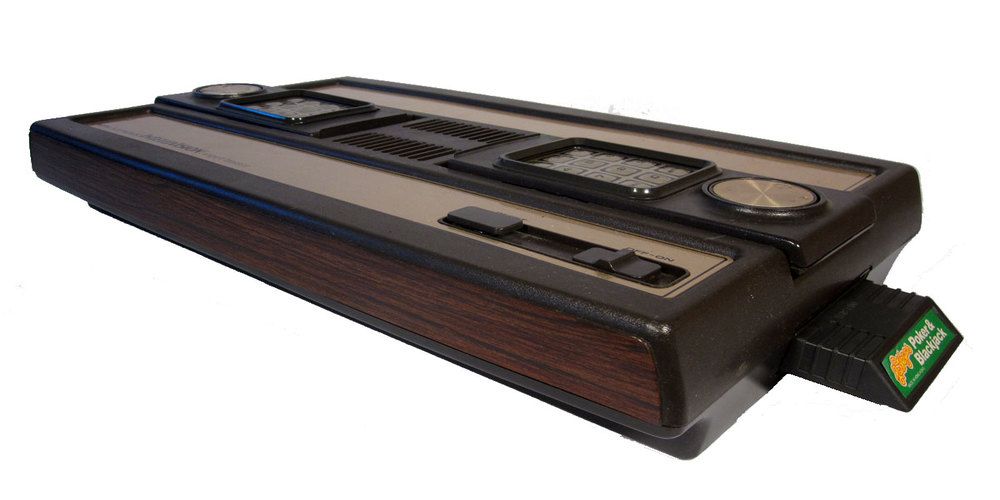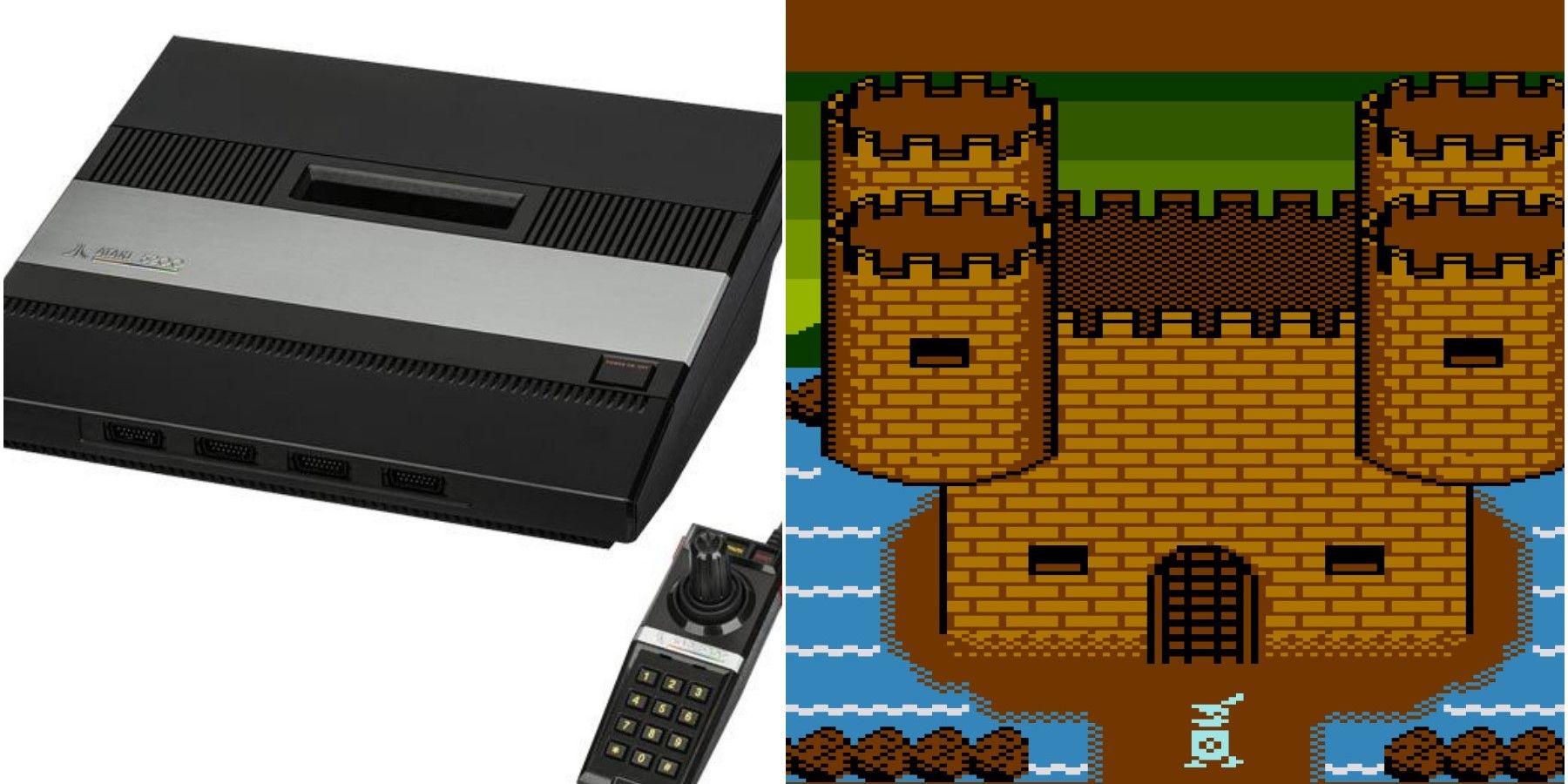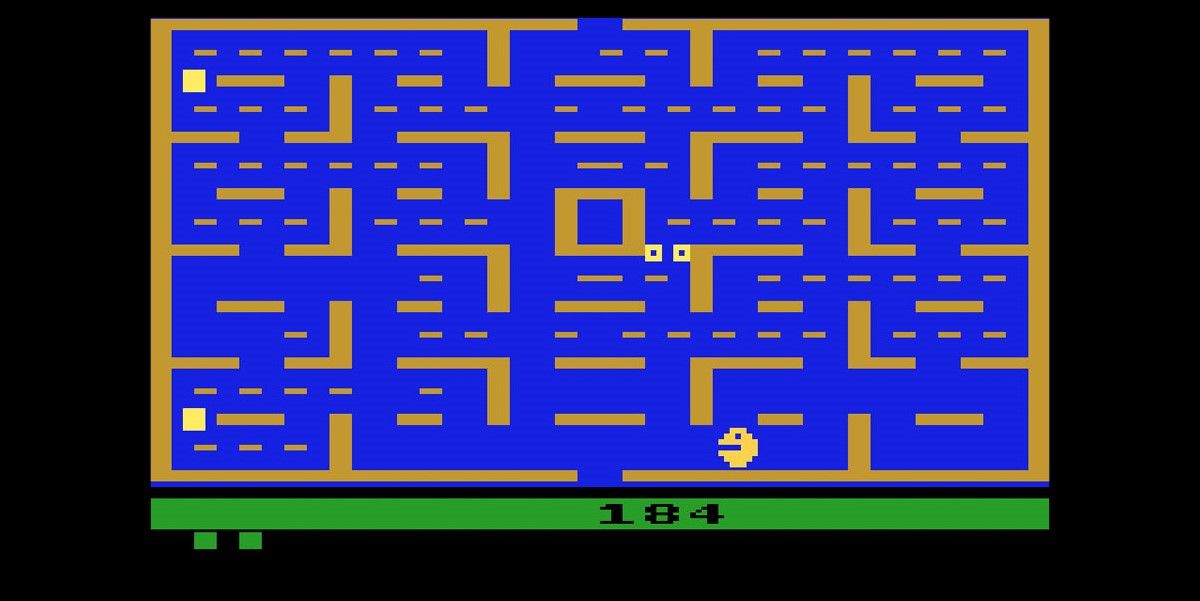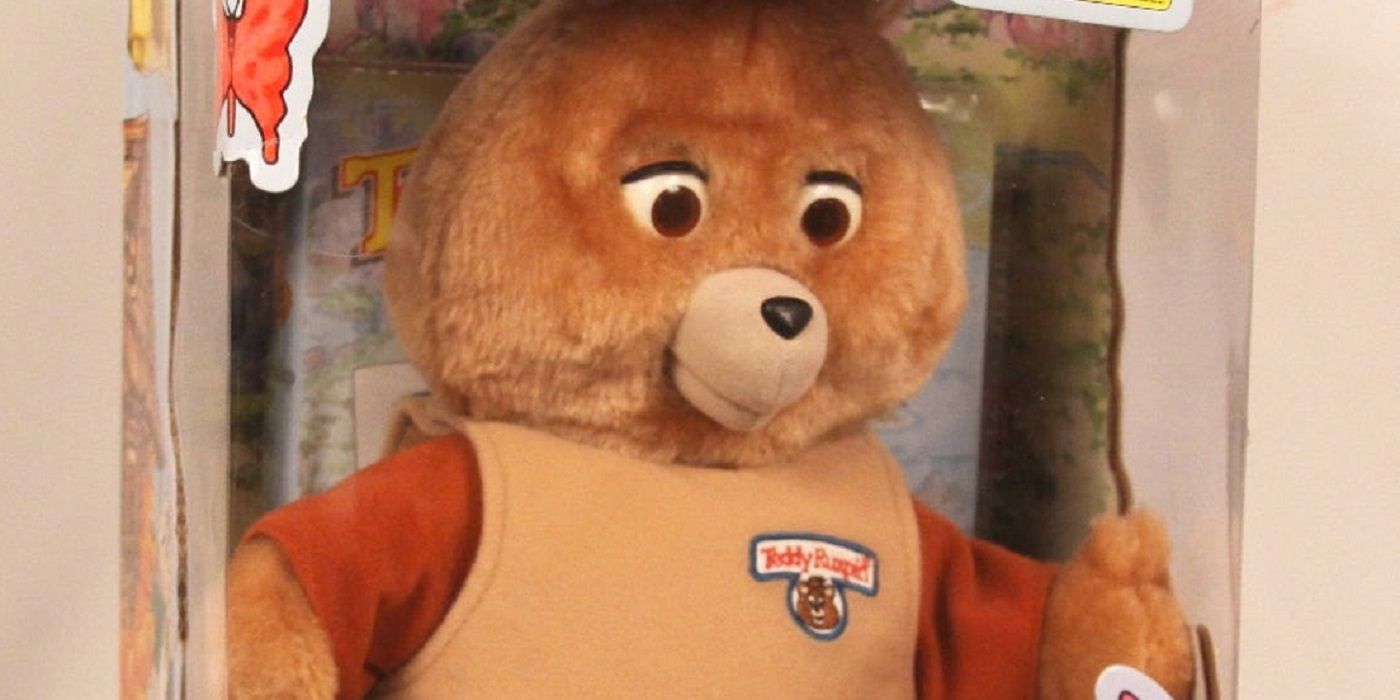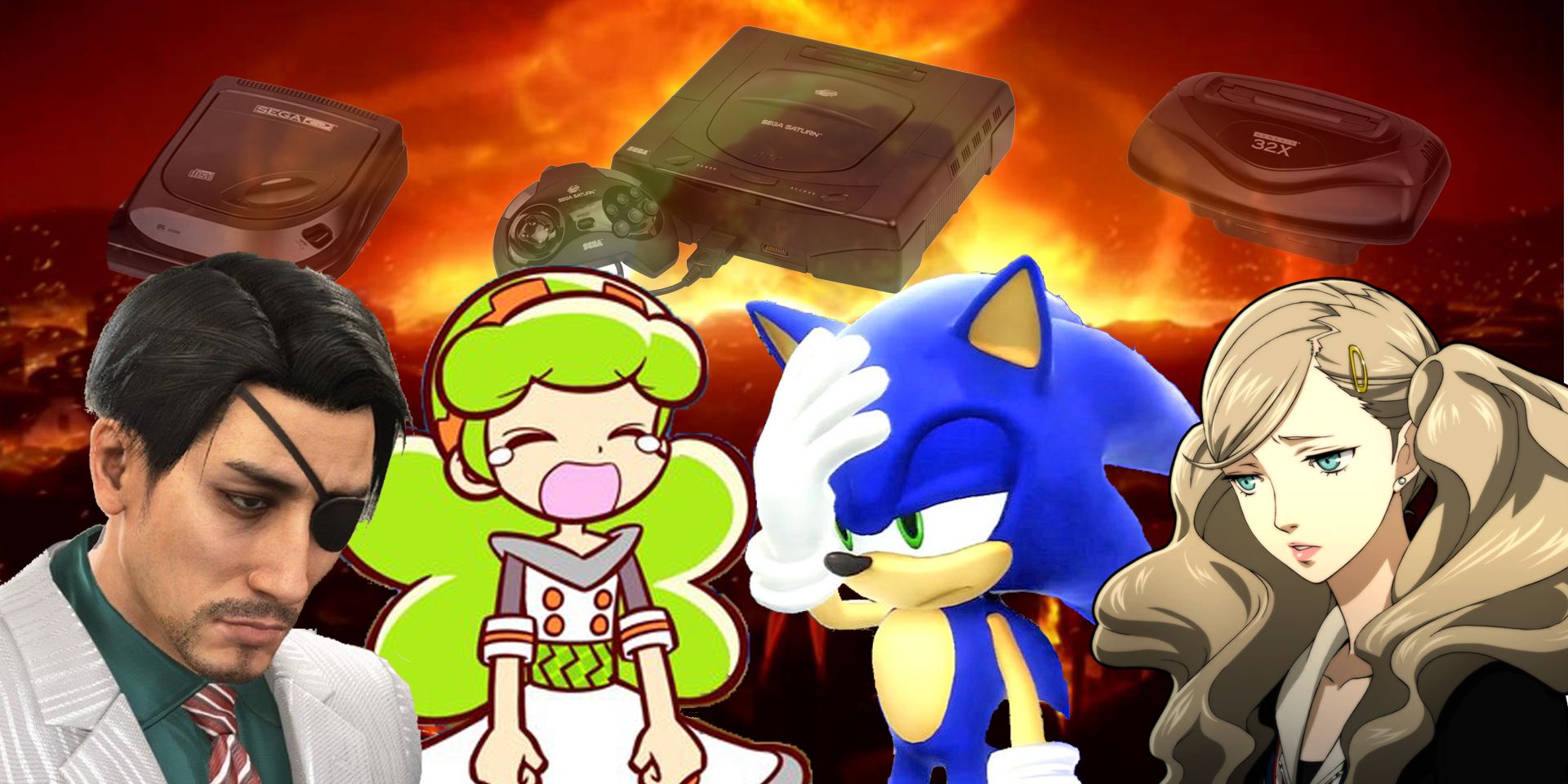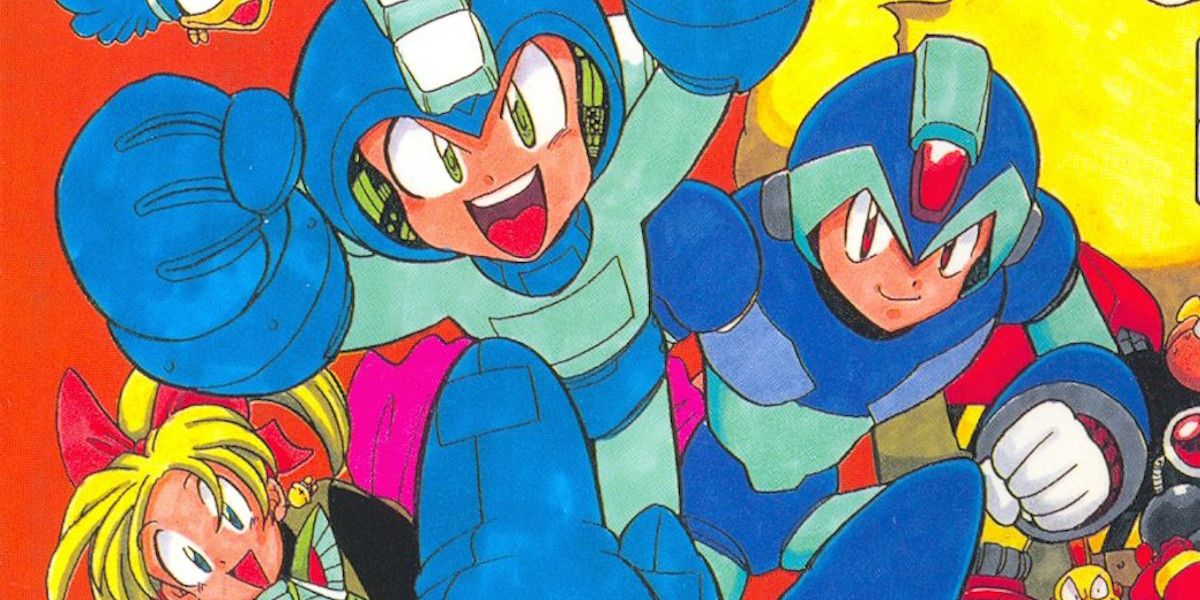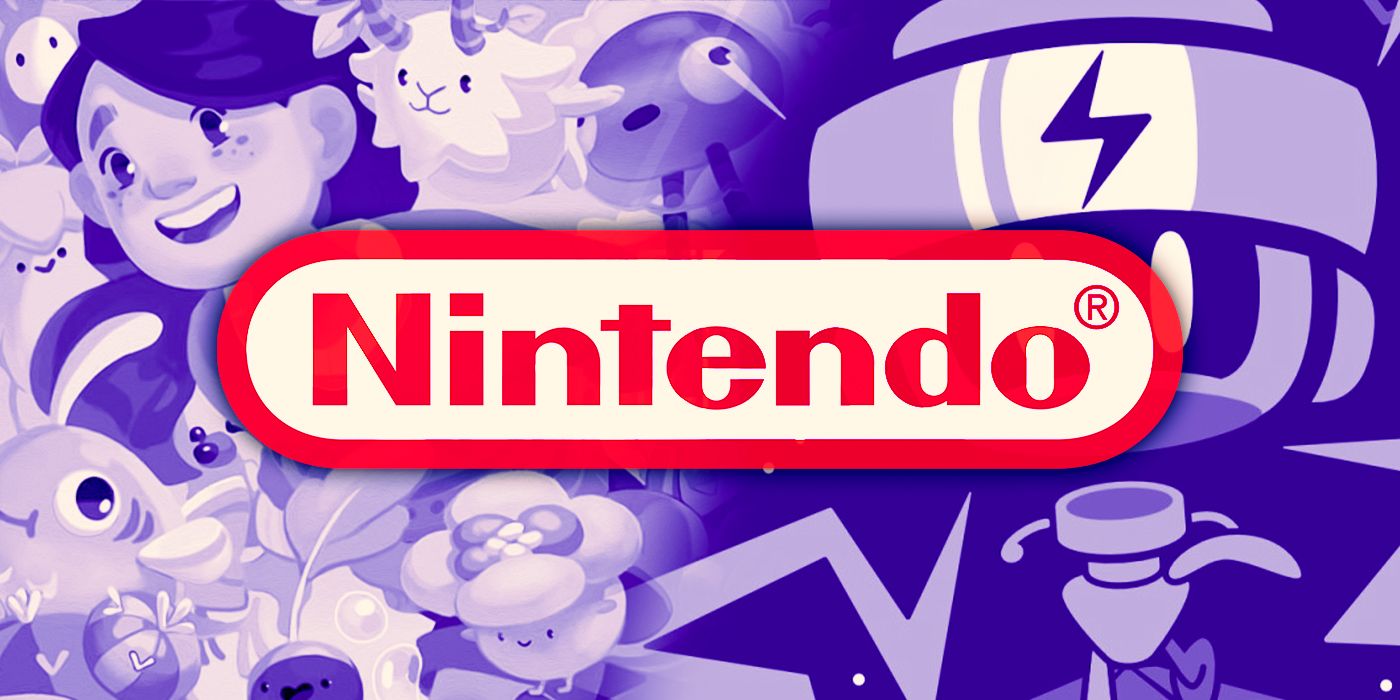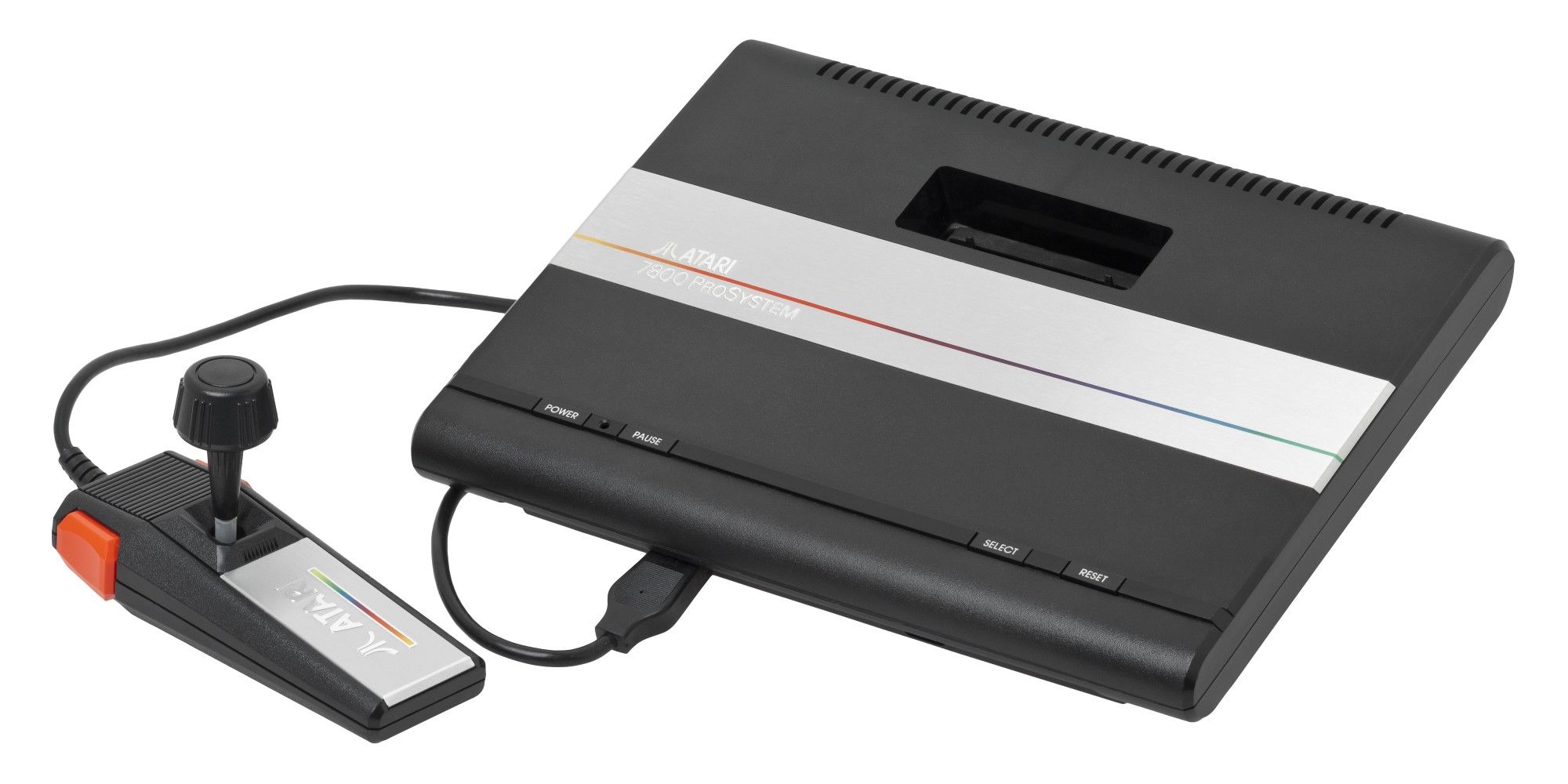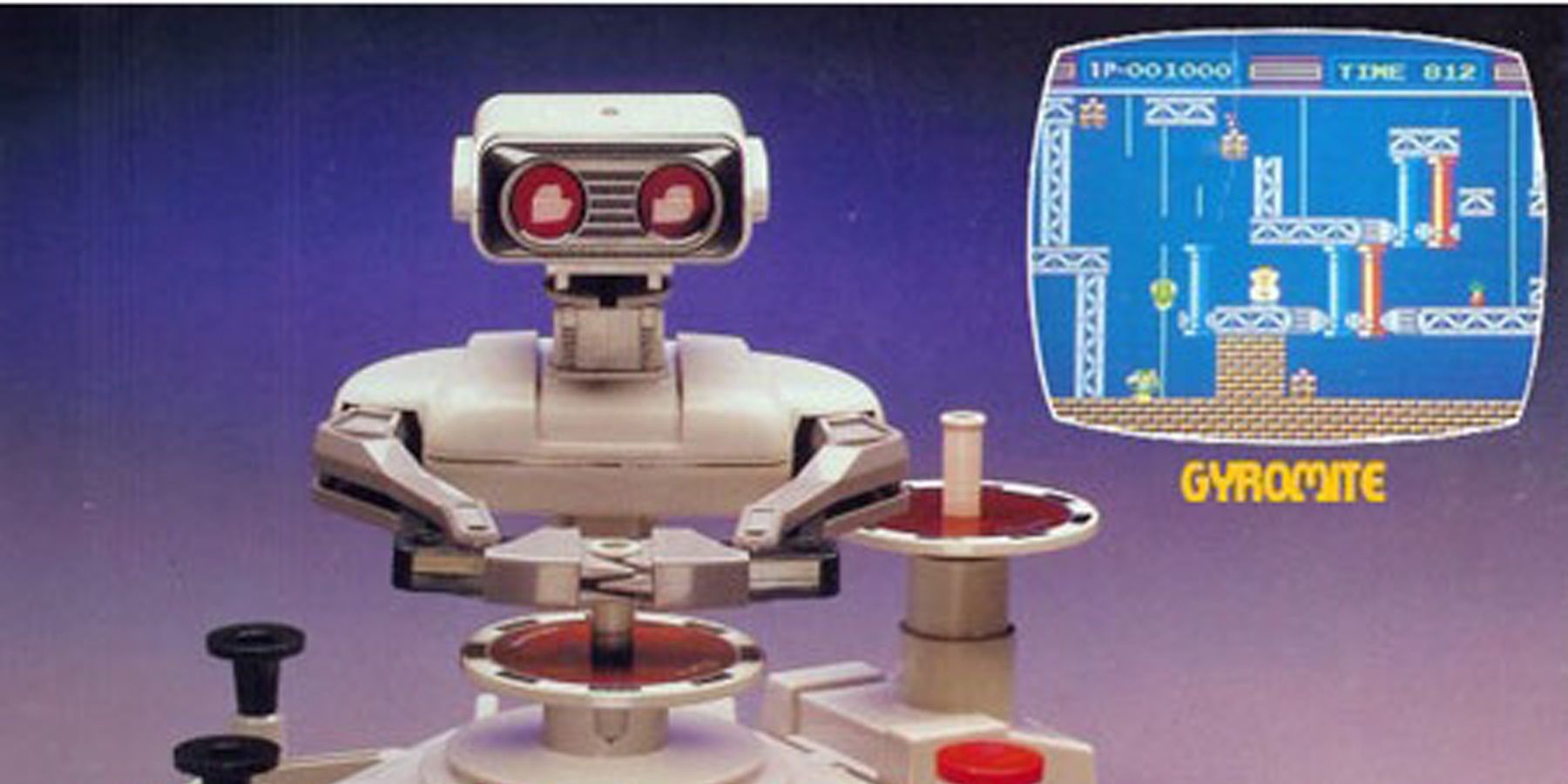After the Video Game Crash of 1983, America’s decimated video game market was ripe for a takeover. Wounded giant Atari was preparing its 7800 ProSystem console while marketing a range of home computers under its ST line. Sega prepared to launch its Mark III game console. Nintendo, a Japanese gaming company with its roots in the card game market, had other plans.
Supported by its popular Nintendo Entertainment System game console and guided by CEO Hiroshi Yamauchi, the company gained a significant foothold in the video game market. From 1985, they maintained this dominance for nearly six years until the Sega Genesis broke through in early 1991. Thanks to new ideas and solid timing, Nintendo made its name known.
10 The Crash Of 1983 Spelled The End For Many Older Game Consoles
In December 1982, there were eight video game consoles on the market in at least 100,000 homes. By the end of 1983, seven of these consoles were either out of production or winding down. The Atari 2600 proved the sole survivor. The sudden crash in video game demand left toy and arcade game giants, massive electronics corporations, and small firms scrambling.
By 1984, the Fairchild Channel F, Bally Astrocade, Magnavox Odyssey2, Mattel Intellivision, GCE Vectrex, and Coleco ColecoVision, and Atari’s own 5200, were gone or leaving. The fallout from the crash left the market wide open for Nintendo to step in with their new console.
9 Toy Companies Exited The Market After The Crash
Two of Atari’s strongest competitors prior to the crash were toy giants Mattel and Coleco. The respective companies’ Intellivision and ColecoVision game consoles had greater graphical sophistication than the Atari 2600, but after the crash, they exited the market.
Unwilling to weather heavy losses, Mattel and Coleco shifted gears and focused on their more traditional toy portfolios. Coleco folded their electronic entertainment division, while Mattel spun theirs off into another company called INTV. INTV continued to publish Intellivision games into the early 1990s before shutting down as well.
8 Atari’s Woes Ended Their Deal With Nintendo
In 1982, Atari had been in talks with Nintendo, hoping to bring their still in-development Famicom to North America. These talks continued into 1983, but the 1983 Winter Consumer Electronics Show saw the agreement’s demise. Making matters worse, Atari’s 400/800 and ST home computer lines cannibalized what sales remained for their 2600 and 5200 consoles.
Seeing Atari’s market position evaporate, Nintendo chose to continue their own console development path. One year later, Nintendo would introduce the Advanced Video System, the prototype of what would soon be called the Nintendo Entertainment System.
7 Older Hardware Was Losing Relevance
The second generation of home video game consoles came out in 1974. The seven- to ten-year-old consoles that had made it through the collapsing markets in 1983 and 1984 were extremely dated, with sprite-pushing capabilities that lagged the Famicom.
The NES’s showpiece pack-in title, Super Mario Bros., instantly made the Atari 2600 look like the 1970s relic it was. While pushing out the lower-cost 2600 Jr. unit as an immediate line refresh, Atari finished development of their follow-on 7800. However, it failed to make much of an impression in the market.
6 Teddy Ruxpin’s Popularity Gave Nintendo A Path Into Retail Stores
Taking the form of a cassette player built into a teddy bear, mid-1980s toy fad Teddy Ruxpin was able to “talk” using animatronic eye and mouth movements that synchronized with audio tapes. Along with infrared-shooting toy gun system Lazer Tag, the toy became one of the big hits of 1985's holiday season.
Ruxpin producer Worlds of Wonder distributed Nintendo products during the summer of 1986. At the urging of Nintendo executive Minoru Arakawa, Worlds of Wonder informed stores that shipments of their hit products would be suspended if stores didn't stock the NES. Fearing loss, stores generally complied.
5 Sega Misread The American Console Market
Sega introduced the Master System, originally known as the Sega System, just a few months after Nintendo released the NES. Alongside the Atari 2600, the Master System had gorgeous sprites, powerful four-channel sound generator, an expansive memory capability, and more obscure abilities like being able to redraw tiles as the screen was being drawn. These factors should've made it a strong competitor to the NES.
Sega of America tried to convince the Tokyo-based Sega Enterprises, Ltd. to push more resources into marketing the Master System in 1986. A strong push that holiday season could've given the console much stronger footing, especially since Nintendo had difficulties keeping up with demand.
4 Third-Party Dominance In Japan Translated To America
Nintendo’s greatest advantage was its crushing dominance in third-party software developers. Locking down influential third parties like Capcom, Konami, and Square early on gave Nintendo access to a massive pipeline of excellent games to supplement its own development.
When games like Rockman, Dracula X, and Final Fantasy were brought to the United States, Nintendo captured a critically enthusiastic audience. The third-party Nintendo cartridges introduced a different energy to the console. Sega and Atari’s internally-programmed versions of popular third-party arcade titles, while excellent, struggled to capture that same enthusiasm.
3 Nintendo’s Initial Trade Policies Gave Them An Advantage
Nintendo's demands on third-party licensees were very strict and specific. While few licensees went to the extent Tengen did to skirt them, many third-party licensees created a second publishing imprint to double their thin allotment of only five games per year.
Unlicensed game makers used dangerous products that caused a voltage spike to short out the 10NES chip, potentially frying an NES they were put into. Worse was Nintendo’s policy that games couldn't be ported to another platform for two years after the NES' release. Both policies would eventually be found unlawful in court, but not before they stifled Sega and Atari for years.
2 Missteps On The Atari 7800 Opened A Window
In 1982, Atari Corporation was intimately aware that their flagship, the dominant 2600, was aging. Programmers had grown increasingly skilled at writing around the console’s limitations, but they were always present, and always pressed on the mental and technological resources available.
The next-generation Atari 7800 was ready to release in 1984, but a suddenly-defensive Atari Corporation delayed it for two years until 1986. By the time it was released, while powerful, its limited memory bus made accessing that power difficult. The 7800’s dated graphics and difficulty with scrolling made it look archaic next to the sleek Nintendo console and its glossy black Sega rival.
1 ROB The Robot Eased Jittery Store Owners
A robot toy, ROB, shipped with early bundles of the NES. ROB, called "Famicom Robot" in Japan, shipped with the game Stack-Up, and played a more popular game, Gyromite. It reassured toy store owners battered by the video game crash that the NES would be seen as a safer toy, rather than "just" a video game, part of a dead fad.
The robot didn’t fool kids for a moment. Video games hadn’t truly died, but families had grown skittish for a time because of a flood of bad games. The Nintendo Entertainment System and its excellent library of games proved the game company was taking quality seriously. When ROB was discontinued in 1988, it was all but forgotten, but it had performed its job.

